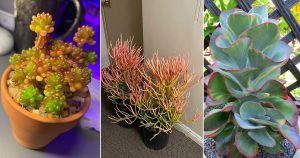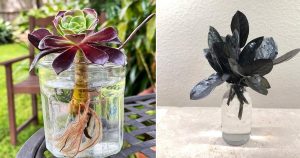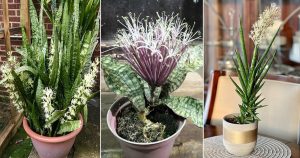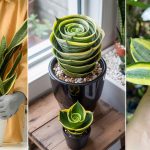Why buy chemicals to get rid of pests when you can have succulents that repel mosquitoes and pests naturally?
We’ve all heard of herbs and houseplants that fend off bugs indoors. Truth is, these leafy defenders often outshine sprays—and they’re far better for the environment! If you want something easy-care yet effective, these succulents have your back.
Succulents That Repel Mosquitoes and Pests Naturally
1. Aloe Vera
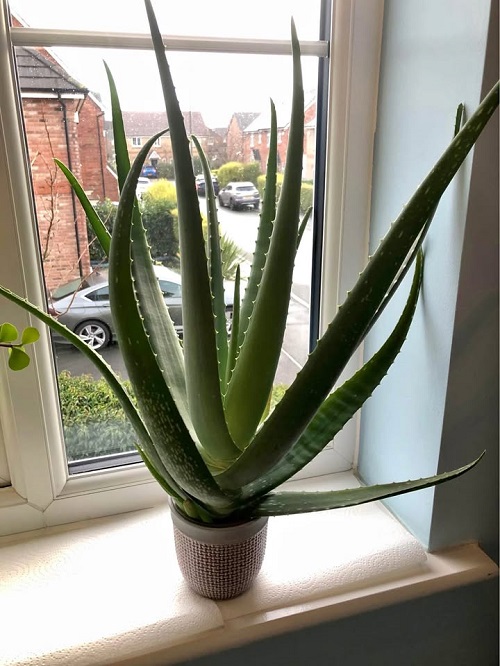
Botanical Name: Aloe barbadensis Miller
Aloe vera needs no introduction. But besides being a remedy for pesky bug bites and stings, aloe vera can keep these creatures away, too!
Both the gel and the peels of this plant contain bioactive compounds, which give them strong insect‑repellent properties. So keep this plant near the balcony in the evenings and repel bugs before they can even enter your humble abode!
Also, if you break a leaf and rub the gel directly on your skin, it may help prevent mosquito bites when you’re sitting outside. Double win!
2. Pencil Cactus
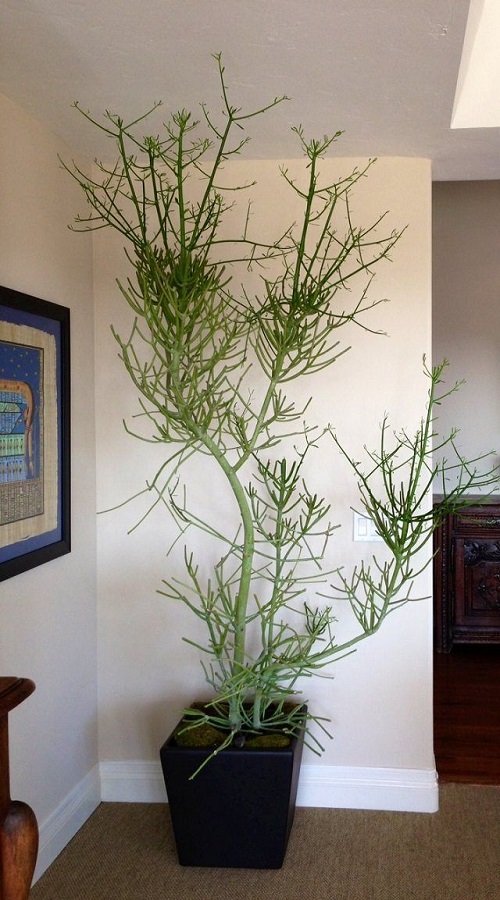
Botanical Name: Euphorbia tirucalli
So you love the architectural look of the Pencil Cactus, but that is not the only thing to love about this succulent. It’s loaded with natural insecticidal compounds that send mosquitoes, aphids, and even bacteria running for cover.
Its sap contains flavanol glycosides like diterpenes and triterpenes, which form an invisible barrier when applied or diffused.
Caution: Keep it out of reach of children and pets. The sap is toxic and can irritate the skin and eyes.
3. Snake Plant
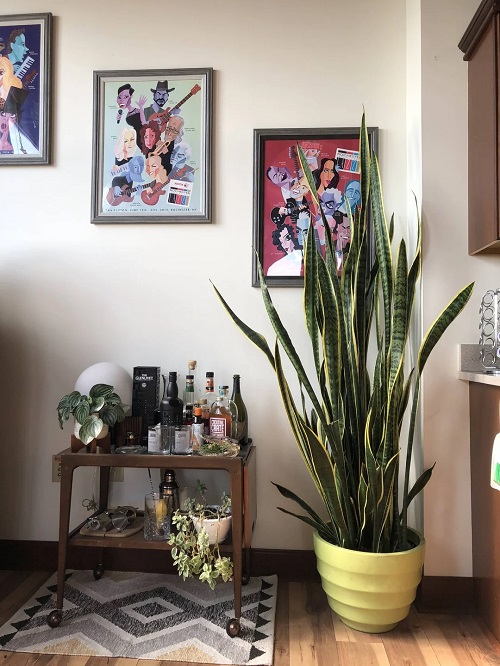
Botanical Name: Dracaena trifasciata
We all know snake plants for their air-purifying superpowers. But did you know they also help ward off bugs? Along with filtering indoor air, these plants contain bitter compounds called saponins that are known to deter mosquitoes.
Saponins are strong enough to repel a wide variety of pests—including fungus gnats and other pesky insects that like to linger indoors.
4. Crown of Thorns
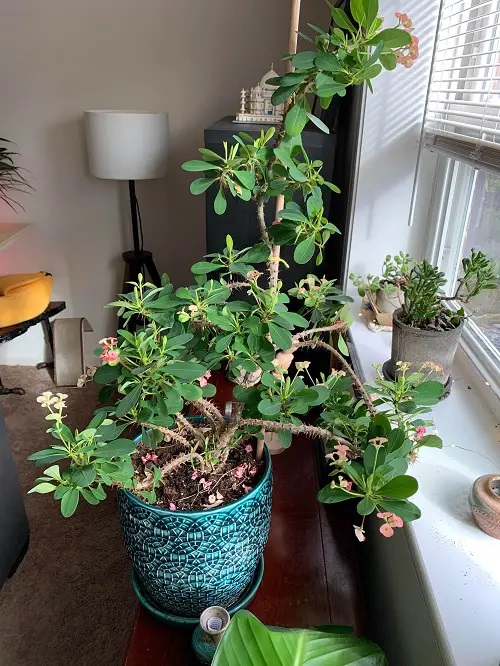
Botanical Name: Euphorbia milii
Not the strongest repeller, but the Crown of Thorns gets the job done. Its thorns block larger insects, and the latex sap acts as a toxic deterrent.
If you have deer around, its spiky stems will keep them at bay, too.
As a bonus, it blooms all year round in warm climates—giving you blooms and bug control in one prickly package.
Note: The latex sap, which oozes from the damaged parts of the plant, can often be irritating to humans. It can cause skin irritation, so you must wear gloves when handling the plant.
5. Mother of Thousands

Botanical Name: Kalanchoe daigremontiana
With baby plantlets clinging to its leaves, it’s a real head-turner—and a pest repeller, too. Mother of Thousands produces bufadienolides—compounds toxic to bugs. They stop mosquitoes and other pests in their tracks.
Since it’s slightly toxic, it’s best to keep it on windowsills, balconies, or entryways—anywhere out of reach of curious kids or pets.
Bonus Tip: If you notice small plantlets falling off and rooting themselves, don’t throw them away—pot them up and place them near entryways for added pest protection!
And these were all the wonderful insect-repellent succulents that you can keep in your home and get the bugs out naturally. Which one is your favorite? Let us know in the comments below!

